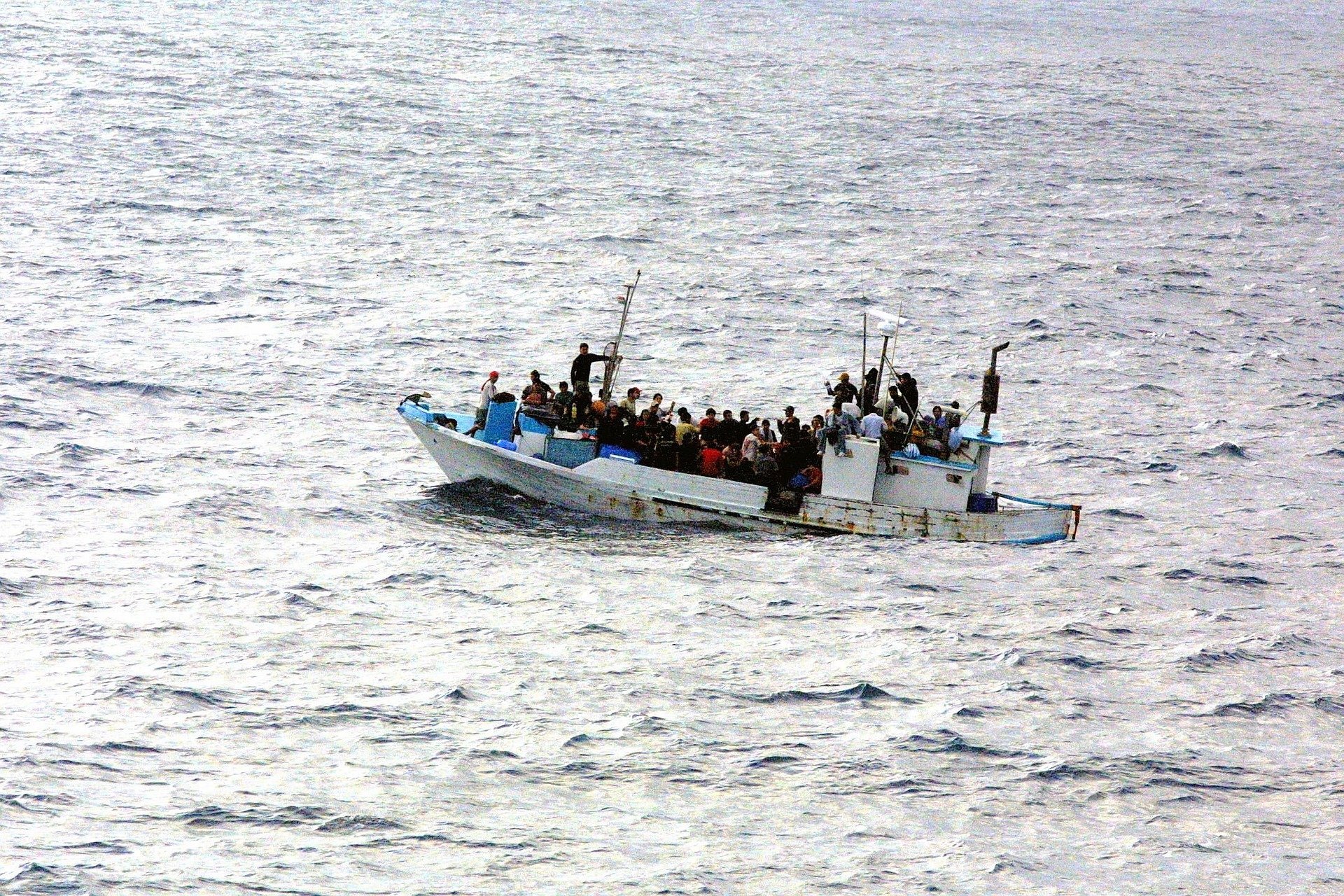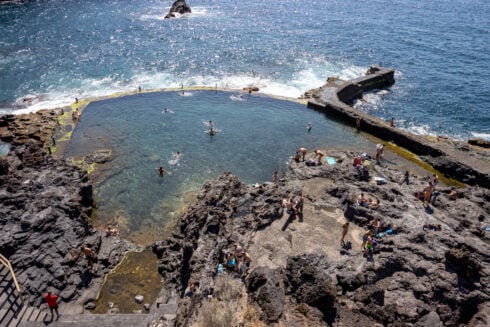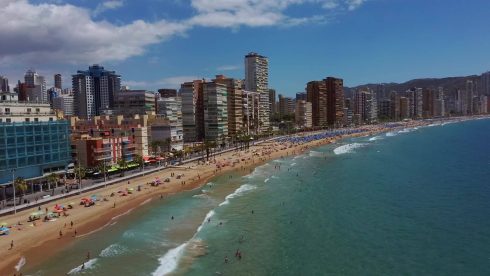A RECORD number of people have died whilst trying to cross from West Africa to the Canary Islands during 2021.
Data suggests that the route through the Atlantic to the Spanish Islands has become more favorable than the Mediterranean, but it remains more dangerous as most people attempt the crossing in simple wooden dugouts that are not suited to rough open waters.
In 2020, over 23,000 people reached the Canary Islands safely, but according to the IOM around 850 people were reported dead or missing, the highest since records began in 2014.
This year there have been less traffic with 19,000 successful crossings, according to figures published at the end of November yet the figure of those missing or dead is significantly higher with the highest number of recorded deaths on this route.
IOM registered 900 deaths on the Canaries route by the end of November this year, according to IOM spokesman Flavio di Giacomo.
But the true number could be double “and no one is paying a lot of attention,” he said.
August was the deadliest month in terms of documented fatalities – with 379 lives lost.
A boat carrying 54 people drifted for two weeks before capsizing close to the Mauritanian coast in August. A survivor told IOM that their engine was lost after three days at sea and they ran out of food and water.
“People were already starting to die,” she said. “Their’bodies were thrown into the sea so that the boat would not be too heavy and we would all die. There were people who looked like they had gone mad, sometimes they bit each other, they shouted, and they threw themselves into the sea.”

Why is the route changing?
A theory is that Spain is a victim of its own success in clamping down the Mediterrean route. As well as the COVID 19 pandemic affecting shifting migration routes, Spain has made different agreements with transit countries such as Niger and Libya over recent years to stop migrants passing through their territories before they reach the coast. In return Europe increases their support payments and commitment to development.
In 2019 there was an increase in migrants travelling from Morocco to mainland Spain. After which Spain gave Morocco €26 million to support the countries efforts to manage the flow of undocumented migrants into Europe.
Migrants found it more difficult to cross the Mediterranean due to an increase in Moroccan border control and as a result arrivals to Spain fell by more than 23% in the first half of 2019.
Migration routes began to shift and migrants began to travel to the Canary Islands through the Atlantic instead of the mainland.
Have these measures actually helped or just made the route more dangerous?
In 2021 alone, just over 30,000 migrants arrived in Spain, 37% higher than in the same period last year, according to the United Nations.
UNHCR warned against the danger of the ‘Canary route’ and the risks of deaths as this deadly route continues to be used by migrants. It has also stated that around the 40% of the people arriving to the Canary Islands could be in need of international protection.
The rough seas at this time of year and the long distances travelled – from 400 to more than 1,500 kilometers depending on where along the coast of West Africa the journey began – make this route particularly dangerous. Boats may be adrift for days, running out of water and food.
There are also concerns about overcrowding and poor living conditions in migration centres on the Canary Islands as well as a lack of legal assistance for migrants arriving by sea to the Canary Islands.
READ MORE:
- 28 arrested in Spain for smuggling migrants from Morocco to the Canary Islands in rubber boats
- Alicante mayor demands answers over ‘illegal’ immigrants flying into Spain’s Costa Blanca from the Canary Islands
- Number of migrants arriving on Spain’s Canary Islands in first half of 2020 increases sixfold compared to 2019
Click here to read more Canary Islands News from The Olive Press.








